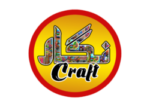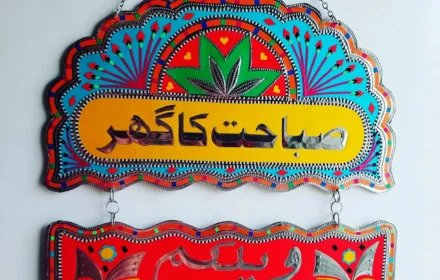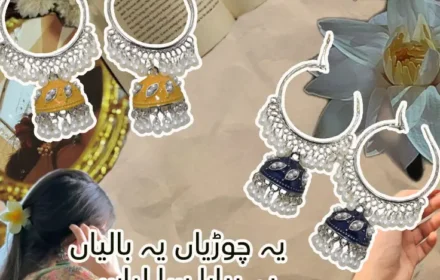Oxidized jewelry is making a bold comeback in Pakistan, driven by a mix of fashion trends, cultural revival, and changing consumer preferences. To understand this trending antique jewelry, it’s essential to know what oxidized jewelry is.
Oxidized jewelry is typically made from sterling silver that has been intentionally tarnished to achieve a darkened surface. This process involves exposing the metal to a chemical agent, often sulfur-based, causing a reaction that gives it a blackened or tarnished appearance. This technique enhances the details of the design, resulting in a vintage and rustic look. Importantly, the process is safe and maintains the quality of the metal, adding depth and character to the piece, making it stand out compared to polished jewelry. Unlike shiny silver, oxidized pieces have a bold vintage appeal, which is why they are favored by jewelry enthusiasts.
Historically, oxidation techniques have been employed in various cultures to create antique jewelry in Pakistan, India, and other regions. The aged appearance of vintage jewelry continues to be trendy, proving that oxidation is more than just a passing fad.
Here’s a breakdown of why oxidized jewelry is regaining popularity:
Cultural Revival and Heritage Appeal:
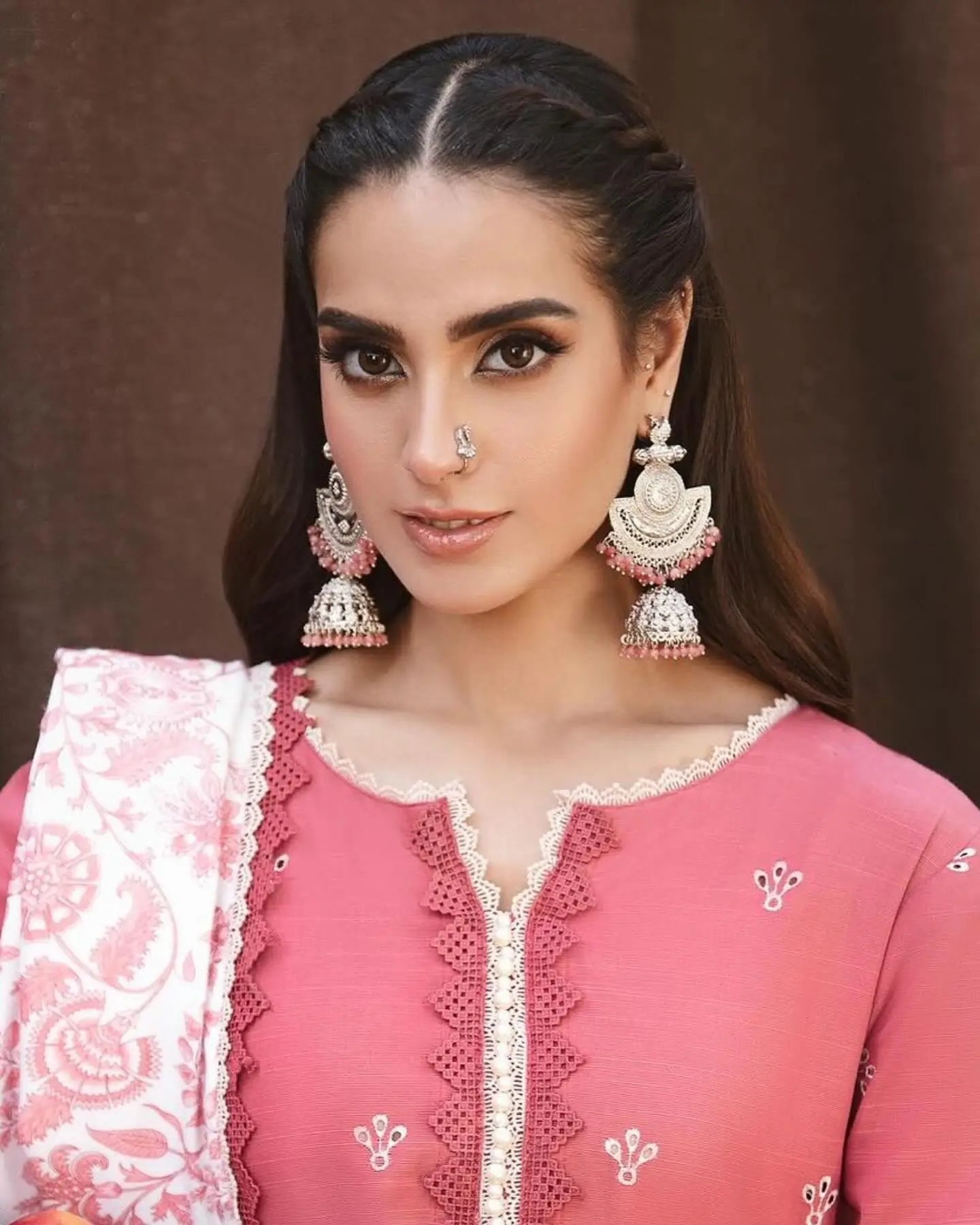
Oxidized jewelry often features traditional motifs and craftsmanship that resonate with Pakistan’s rich cultural history. As there is a growing interest in ethnic wear and reviving indigenous styles, people are turning back to jewelry that reflects their roots. The bohemian and tribal designs found in oxidized pieces are particularly connected to regions like Sindh, Balochistan, and the Northern areas. The vintage appeal of oxidized jewelry—whether it’s a chunky necklace or oxidized jhumkas—beautifully complements ethnic wear and elevates Western outfits.
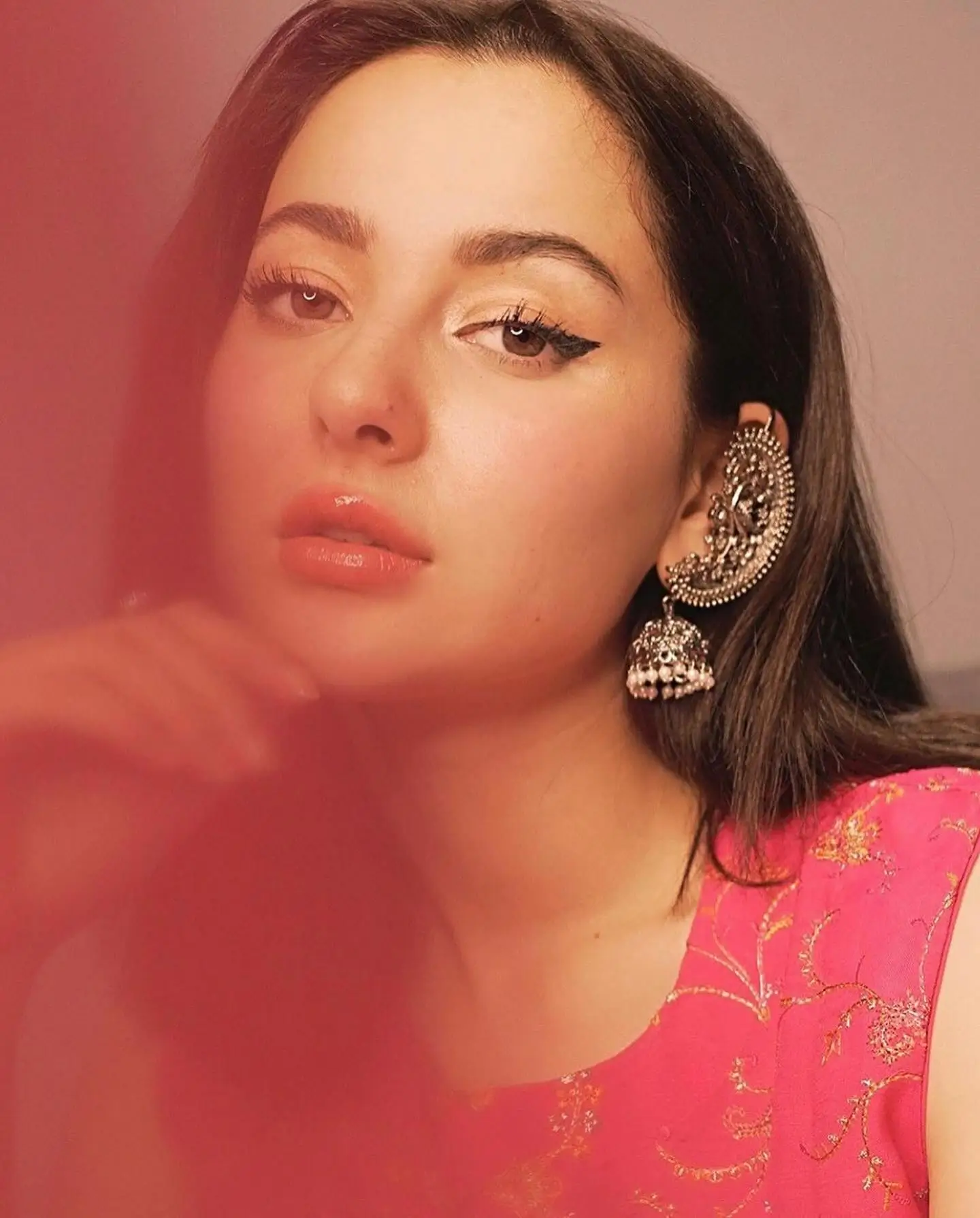
Affordability Compared to Precious Metals:
Unlike gold or platinum jewelry, oxidized jewelry is relatively inexpensive. With fluctuating gold prices and rising inflation, more consumers, especially the youth, are opting for stylish yet budget-friendly alternatives. This Antique jewelry offers a luxurious look without the hefty price tag, allowing individuals to appear stylish and elegant on a budget.
Versatility and Everyday Wear:
Oxidized jewelry pairs effortlessly with both Western and Eastern outfits. It can be worn with jeans and kurtas, formal suits, or traditional shalwar kameez. This styling flexibility makes it popular among students, working women, and influencers. The dark finish of antique jewelry highlights the craftsmanship, while floral motifs and tribal patterns tell a story. For those looking to make a statement, oxidized jewelry is the perfect choice.
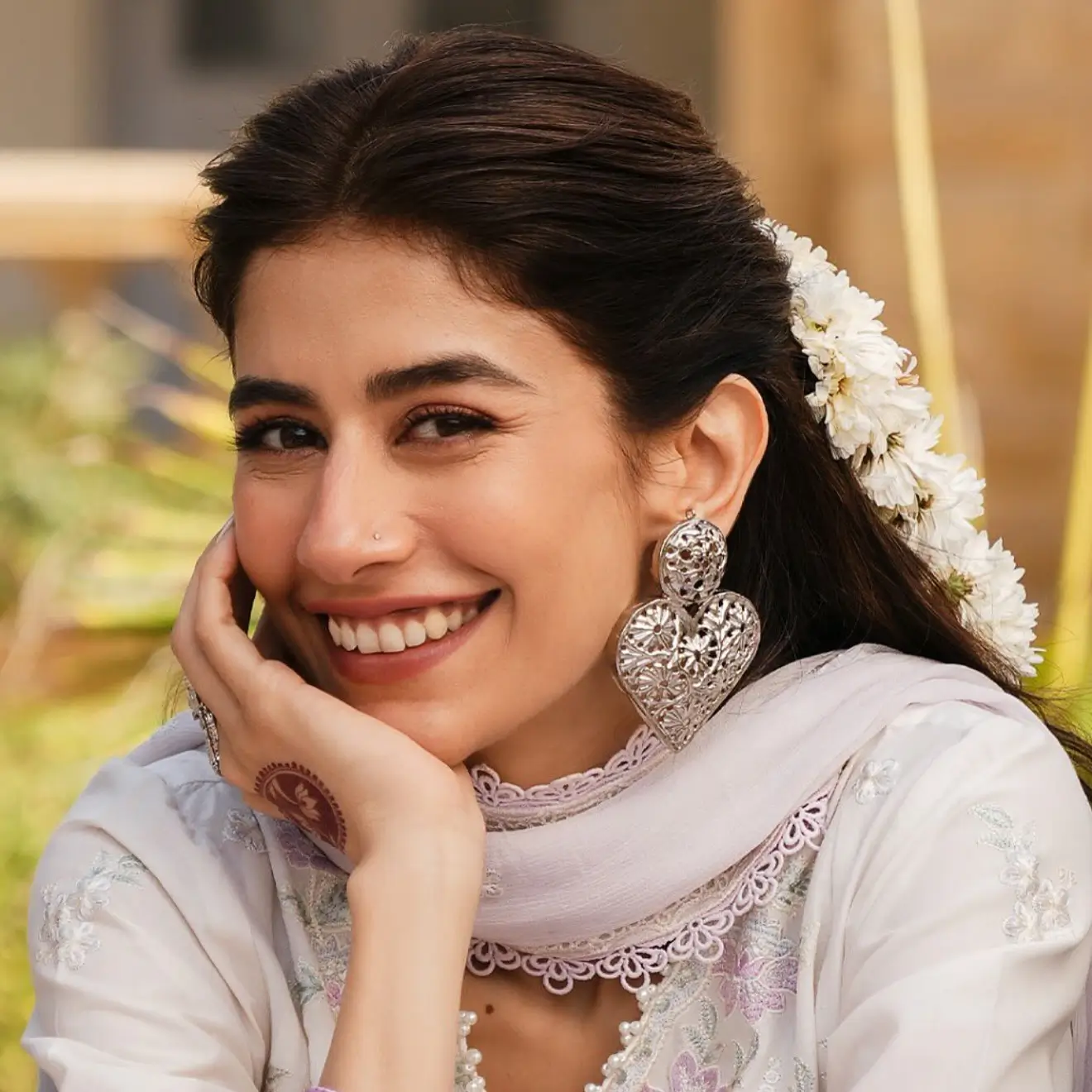
Low Maintenance and Durability:
Oxidized jewelry requires minimal maintenance, as it does not need frequent polishing and is durable, making it suitable for regular wear. Additionally, it offers hypoallergenic options, making it ideal for sensitive skin.
Influence of Social Media and Local Designers:

Fashion influencers on platforms like Instagram, TikTok, and YouTube are showcasing oxidized jewelry in their outfits of the day (OOTDs). Furthermore, local brands and artisans are creating modern interpretations of classic styles, making these pieces trendy and accessible.
Pop-up stores, craft bazaars, and online shops have made it easier to find unique, handcrafted items. Oxidized pieces like chunky rings, cuffs, and necklaces can be worn by both men and women, promoting inclusivity in fashion.
Eco-Friendly and Ethical Appeal:
There’s a growing trend towards sustainable fashion in urban centers such as Karachi, Lahore, and Islamabad. Oxidized jewelry, often handmade with eco-conscious materials, appeals to environmentally aware consumers.
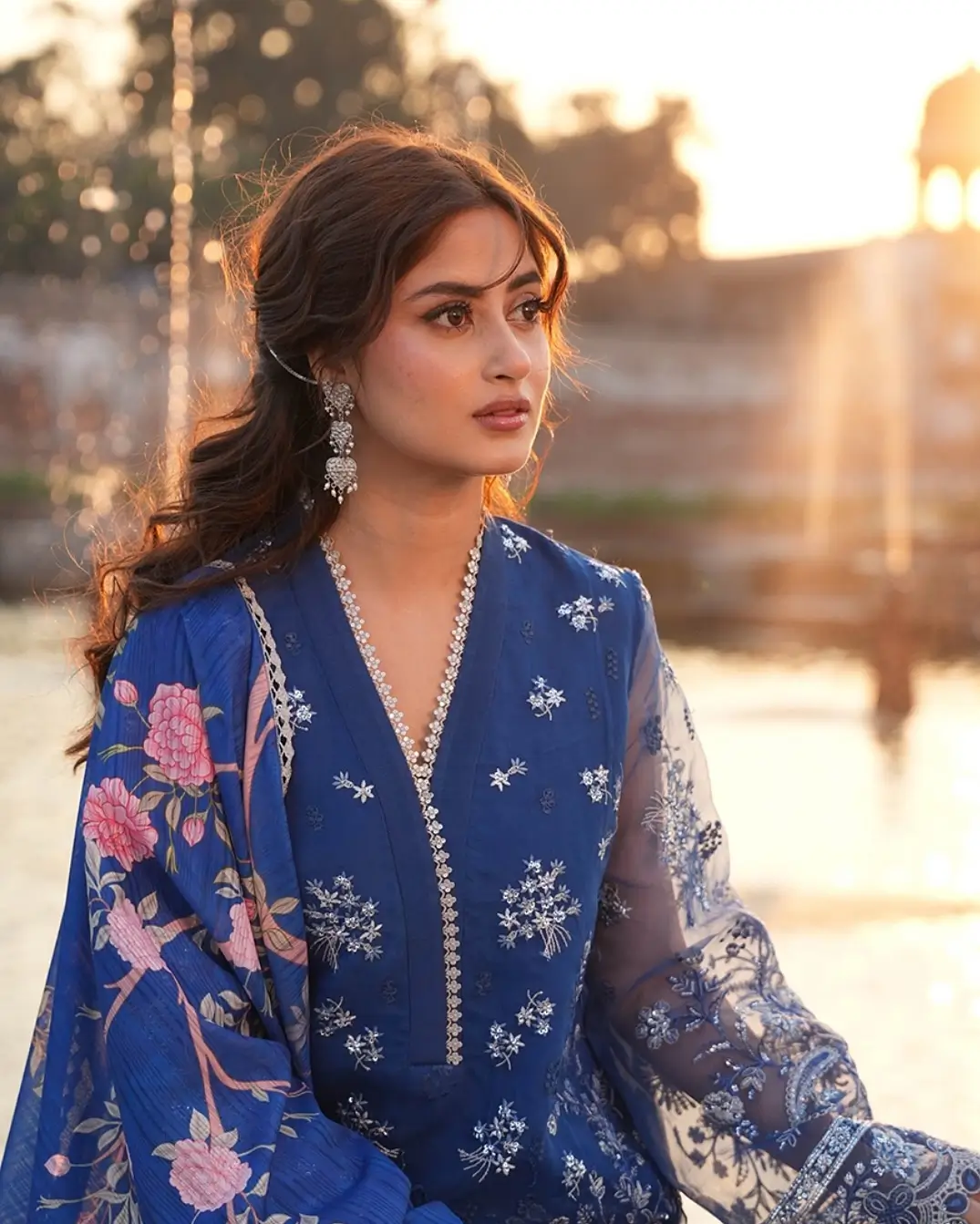
Celebrity and Media Influence:
Pakistani dramas, movies, and fashion shoots increasingly feature actresses wearing oxidized jewelry, creating aspirational looks. Whether it’s Mahira Khan in vintage jhumkas or Sajal Aly in antique silver chokers, these style cues significantly influence everyday fashion choices.
In summary, oxidized jewelry is thriving again in Pakistan due to its cultural richness, affordability, versatility, and artisanal charm. It resonates with a generation seeking identity, authenticity, and budget-friendly options in their fashion choices.
Here’s a FAQ based on the provided details about oxidized jewelry’s comeback in Pakistan:
Frequently Asked Questions: Why Oxidized Jewelry is Making a Bold Comeback in Pakistan
1. What exactly is oxidized jewelry?
Oxidized jewelry is typically made from sterling silver that has been intentionally tarnished to achieve a darkened, blackened, or tarnished surface. This process gives the jewelry a distinct vintage and rustic appearance, enhancing the details of its design.
2. How is oxidized jewelry made, and is the process safe?
The jewelry is made by exposing the metal, usually sterling silver, to a chemical agent, often sulfur-based. This causes a reaction that darkens the surface. Yes, the process is safe and maintains the quality of the metal, adding depth and character without compromising its integrity.
3. Why is oxidized jewelry regaining popularity in Pakistan?
Its resurgence is driven by a combination of factors including a growing interest in cultural revival and heritage, its affordability compared to precious metals, its versatility for everyday wear, low maintenance, the strong influence of social media and local designers, its eco-friendly appeal, and celebrity endorsements.
4. How does oxidized jewelry connect with Pakistan’s cultural heritage?
This Antique jewelry often features traditional motifs and craftsmanship that resonate deeply with Pakistan’s rich cultural history. Its bohemian and tribal designs are particularly connected to regions like Sindh, Balochistan, and the Northern areas, appealing to a growing interest in ethnic wear and indigenous styles.
5. Is oxidized jewelry an affordable option?
Yes, it is significantly more affordable compared to precious metals like gold or platinum. This makes it an attractive and budget-friendly alternative for consumers, especially the youth, who seek stylish and elegant options without a hefty price tag.
6. Can oxidized jewelry be worn with different types of outfits?
Absolutely. This jewelry is highly versatile and pairs effortlessly with both Western and Eastern outfits. It can complement jeans and kurtas, formal suits, and traditional shalwar kameez, making it popular among diverse demographics, including students, working women, and influencers.
7. Is oxidized jewelry high-maintenance?
No, it requires minimal maintenance. Unlike shiny silver, it does not need frequent polishing and is durable, making it suitable for regular wear. Additionally, many options are hypoallergenic, ideal for sensitive skin.
8. What role do social media and local designers play in its popularity?
Fashion influencers on platforms like Instagram, TikTok, and YouTube frequently showcase oxidized jewelry, making it trendy. Local brands and artisans are also creating modern interpretations of classic styles, making these pieces accessible through pop-up stores, craft bazaars, and online shops.
9. Does oxidized jewelry align with sustainable fashion trends?
Yes, particularly in urban centers, there’s a growing trend towards sustainable fashion. This Antique jewelry, often handmade with eco-conscious materials, appeals to environmentally aware consumers who prefer ethical and sustainable fashion choices.
10. How do celebrities and social media influence the trend of oxidized jewelry?
Pakistani dramas, movies, and fashion shoots increasingly feature actresses like Mahira Khan, Hania Aamir, Iqra Aziz, Sayra Yousuf, Neemal Khawar and Sajal Aly wearing oxidized jewelry. These aspirational looks significantly influence everyday fashion choices, making antique silver chokers and vintage jhumkas highly desirable.
